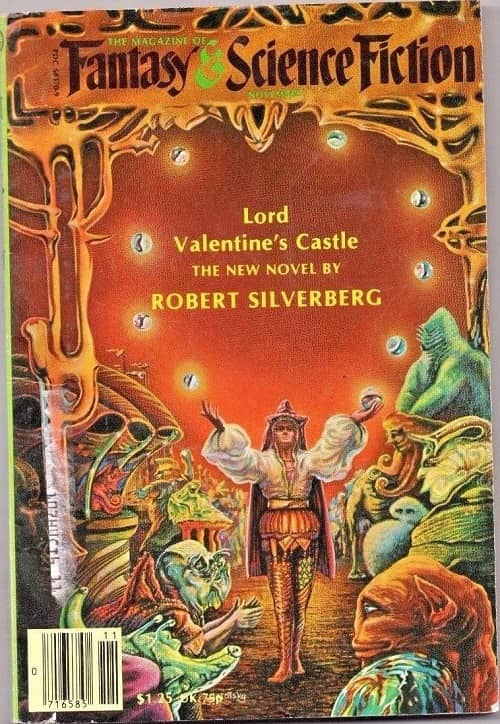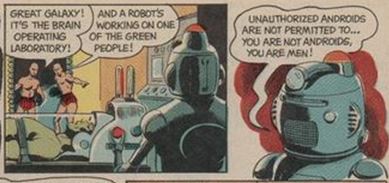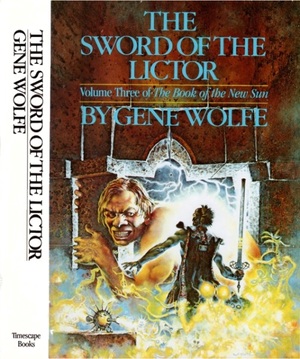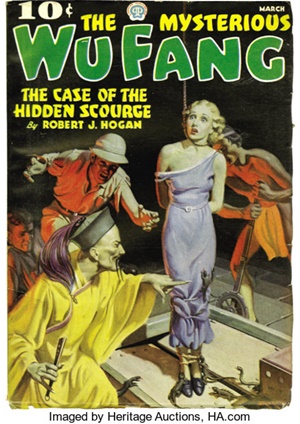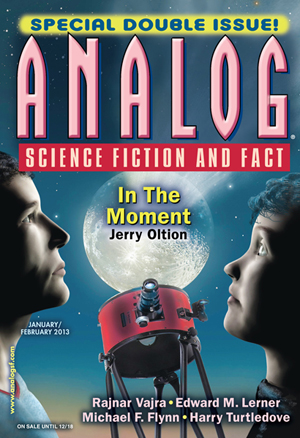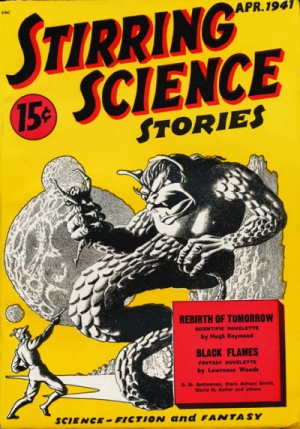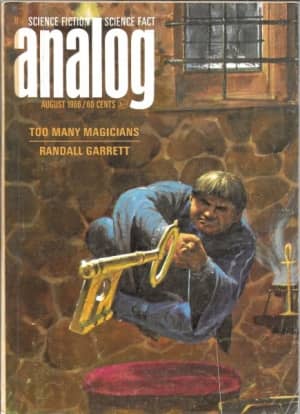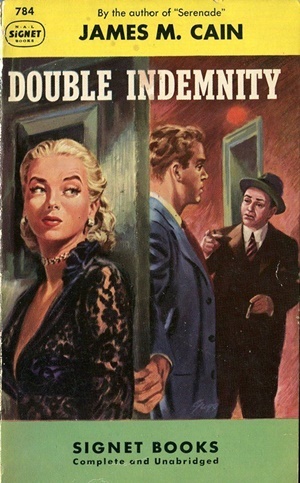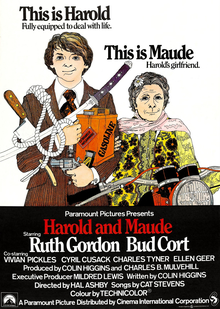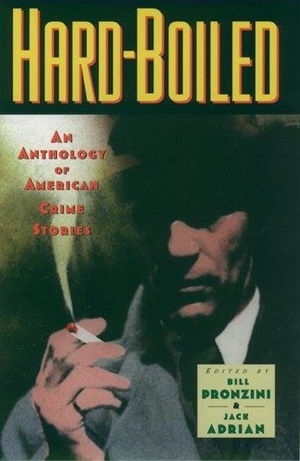A (Black) Gat in the Hand: Andrew Salmon Remembers Frederick C. Davis
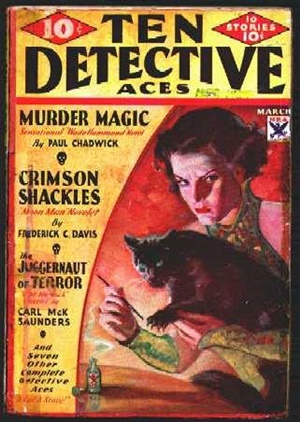 A (Black) Gat in the Hand continues on with quality guest posts (something’s got to make this column work, and it sure as heck isn’t my writing!) this week, as Andrew Salmon holds forth on pulpster Frederick C. Davis. I knew I wasn’t qualified to write about Davis (though I did hold my own on Norbert Davis!). And since Andrew, author of the excellent Sherlock Holmes Fight Club novels, wrote the introductions to Altus’ Press’ Moon Man collections, I knew he was the guy. So, read on!
A (Black) Gat in the Hand continues on with quality guest posts (something’s got to make this column work, and it sure as heck isn’t my writing!) this week, as Andrew Salmon holds forth on pulpster Frederick C. Davis. I knew I wasn’t qualified to write about Davis (though I did hold my own on Norbert Davis!). And since Andrew, author of the excellent Sherlock Holmes Fight Club novels, wrote the introductions to Altus’ Press’ Moon Man collections, I knew he was the guy. So, read on!
“You’re the second guy I’ve met within hours who seems to think a gat in the hand means a world by the tail.” — Phillip Marlowe in Raymond Chandler’s The Big Sleep
Any good pulp author from the glory days of Classic Pulp had to be very good at two things: he or she had to be fast and versatile. And, of course, said pulpsmith had to have some modicum of talent thrown into the mix.
Frederick C. Davis (1902-1977) has all of these – in spades. Known today as the author of the first 20 Operator #5 adventures, one doesn’t hear his name come up when Max Brand, Erle Stanley Gardner, Lester Dent, Walter Gibson, Dashiell Hammett and Raymond Chandler are being discussed. And yet, you could pick an old pulp at random today and most likely find a Davis story within its crumbling yellow pages.
He wrote hundreds of pulp stories and a lot of them are really, really good. In addition to those Operator #5 yarns, he also created the Moon Man, cranking out 38 tales of the globed gladiator. Throw in Mark Hazard and Ravenwood and his versatility begins to show through.
The Moon Man, long out of print and never collected until recently, had a much more profound effect on comics than the pulp world of yesteryear. It’s long been established that Superman sprang, partially, from Doc Savage and Batman owes much to the Shadow. But few know how much Spider-Man owes to the Moon Man. Not the classic pulp character, the Spider – the Moon Man. Huh? Stay with me.
